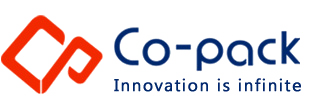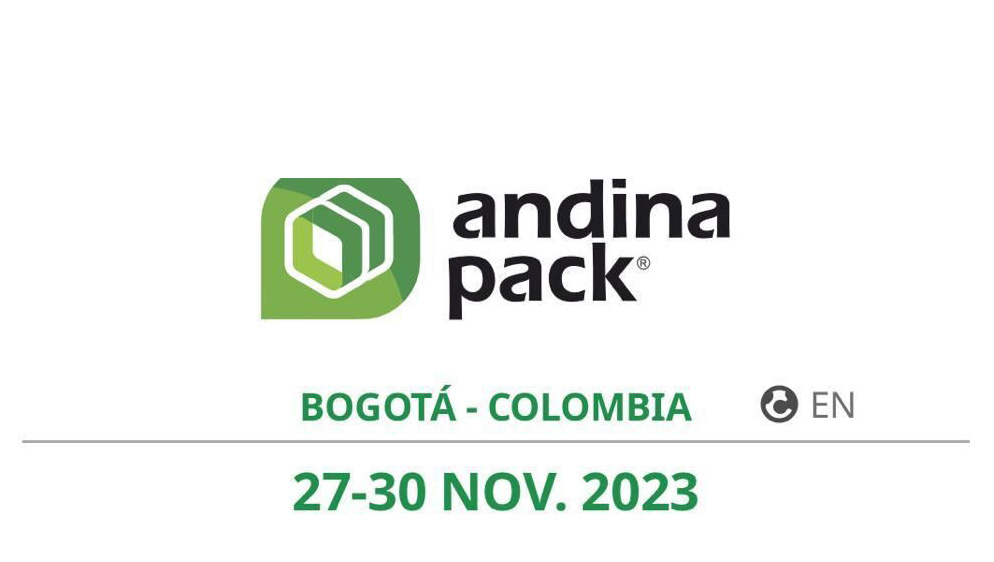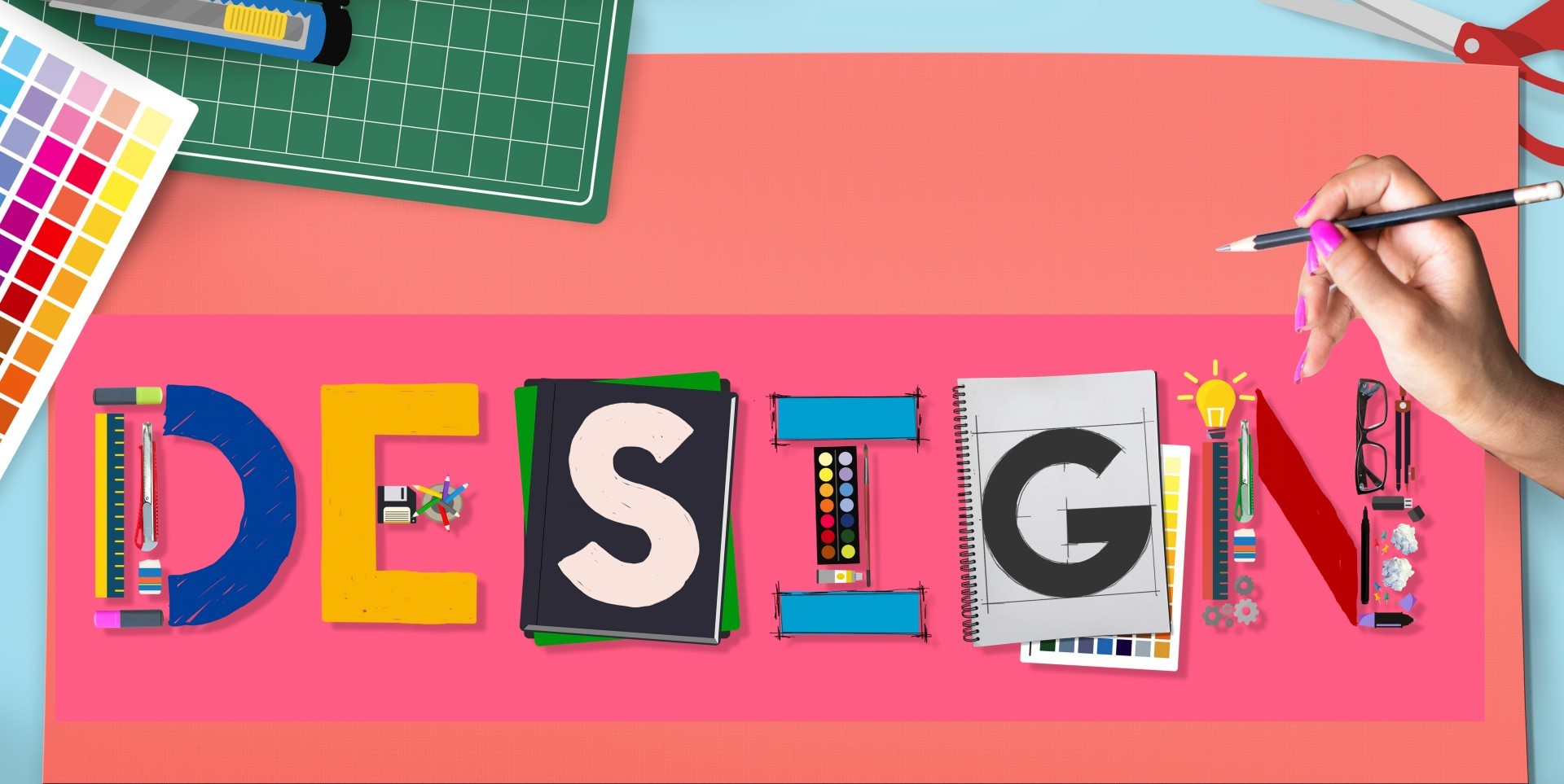-
Flexible Packaging Film
 Premade Bags& Pouches
Premade Bags& Pouches Die-cut Lids
Die-cut Lids New Products
New Products
-
Snacks
 Dairy
Dairy Beverage
Beverage Pet Care
Pet Care Confectionery
Confectionery Lawn& Garden
Lawn& Garden Processed Food
Processed Food Home&Personal Care
Home&Personal Care Meat, Poulty& Seafood
Meat, Poulty& Seafood Eco-solutions Family
Eco-solutions Family
-
Film Blowing
 Die-cutting
Die-cutting Graphics& Printing
Graphics& Printing Pouch Converting
Pouch Converting Laminating& Coating
Laminating& Coating Innovation& Package Engineering
Innovation& Package Engineering Finishing& Slitting
Finishing& Slitting Quality Control
Quality Control
-
Company Environmental ResponsibilityFormalizing our ESG strategy for sustainable products by 2025 while prioritizing people and impact in our communities and the worldProactive Sustainability PackagingWe proactively engage and collaborate with employees, suppliers, and customers to minimize our facilities' environmental impact and energy usageOperation SustainabilityWe use advanced technology to develop sustainable, flexible packaging solutions and have developed sustainable product groups to increase our environmentally sound offeringsSocial SustainabilityWe prioritize social sustainability by promoting employee well-being and supporting local communities, and commit to sustainability extends to ethical and safe operations globally
Printing Techniques Used in Flexible Packaging
Published Time:
2023-04-14
Printing is an essential part of the flexible packaging industry, as it allows companies to create high-quality, eye-catching packaging that helps products stand out on store shelves. In this blog, we
Printing is an essential part of the flexible packaging industry, as it allows companies to create high-quality, eye-catching packaging that helps products stand out on store shelves.
Flexible packaging is a popular choice for a wide range of products, from food and beverages to personal care and household items. These packages are made from a variety of materials, including plastic, paper, and foil, which can be printed on using various techniques.
Printing Techniques Used in Flexible Packaging:
Flexographic Printing
Flexographic printing is the most common printing technique used in the flexible packaging industry. It involves the use of flexible rubber or photopolymer plates, which are mounted on a rotating cylinder. The ink is then transferred to the plates and printed onto the packaging material.
This printing technique is ideal for high-volume printing jobs, as it can print up to 600 meters of packaging material per minute. It's also versatile and can print on a variety of materials, including plastic, paper, and foil.
Rotogravure Printing
Rotogravure printing is another popular printing technique used in the flexible packaging industry. It involves engraving the design onto a cylinder using a laser or diamond tool. The cylinder is then coated with ink, and the excess ink is wiped off, leaving ink only in the engraved areas. The ink is then transferred onto the packaging material using pressure.
This printing technique is best suited for high-quality, high-volume printing jobs. It can print up to 400 meters of packaging material per minute and produces sharp, precise designs.
Digital Printing
Digital printing is a relatively new printing technique in the flexible packaging industry. It involves using digital technology to print the design directly onto the packaging material. This technique is ideal for short-run jobs, as it eliminates the need for costly plates and setup time.
Digital printing can produce high-quality designs with vibrant colors and is perfect for variable data printing, such as product codes and expiration dates.
Conclusion
Printing is a crucial part of the flexible packaging industry, Flexographic printing, rotogravure printing, and digital printing are the most common techniques used in the industry, each with its own unique advantages.
Co-Pack can choose the right printing technique for Customers packaging material, design, and printing requirements.
Related News





Related Links: www.co-pack.net © Wenzhou Co-pack Co., Ltd. SEO Powered by www.300.cn
Business license





